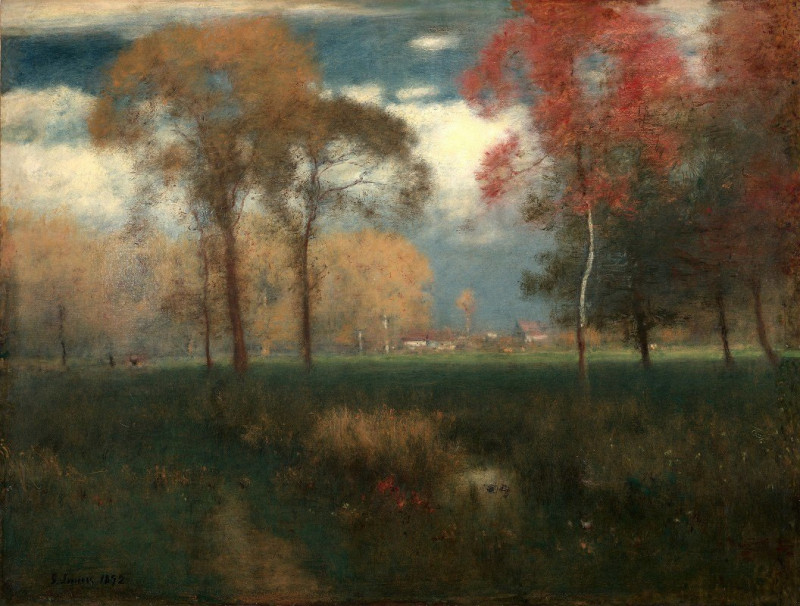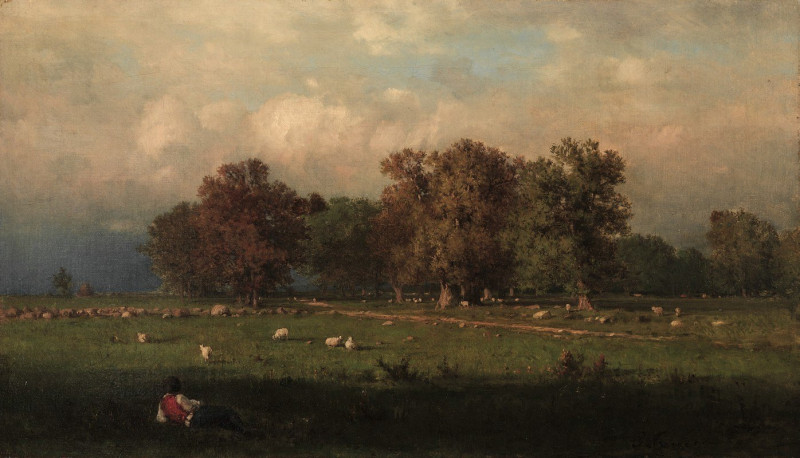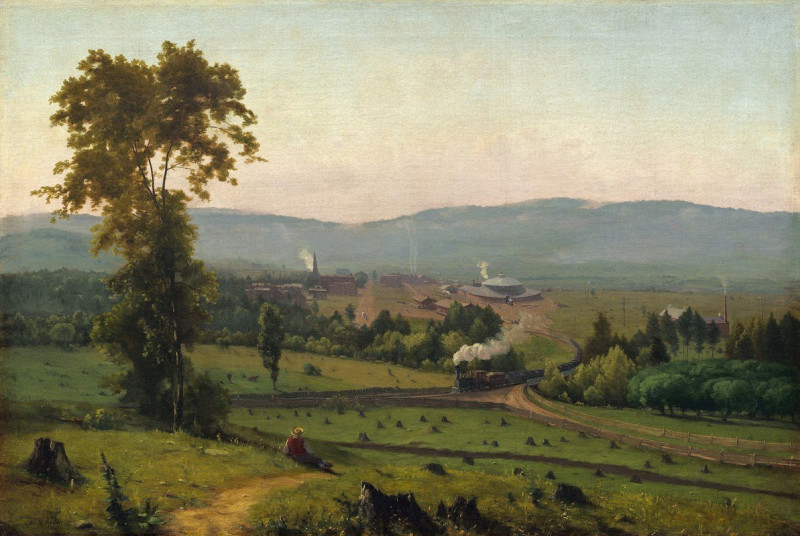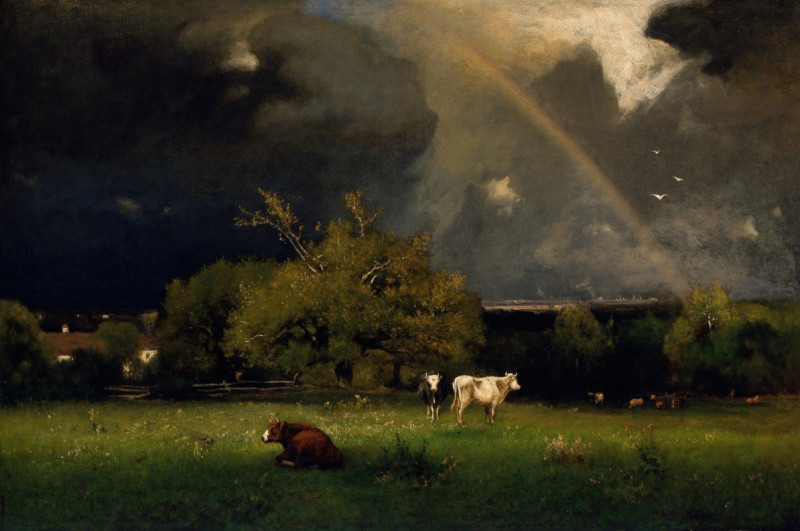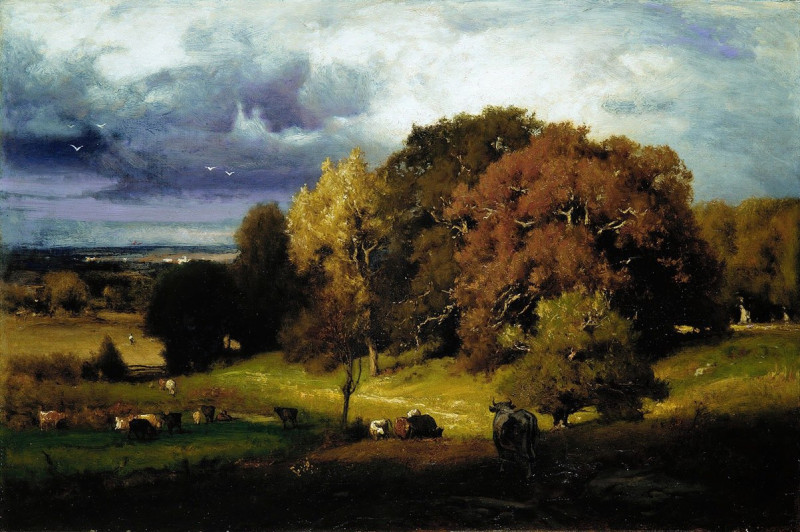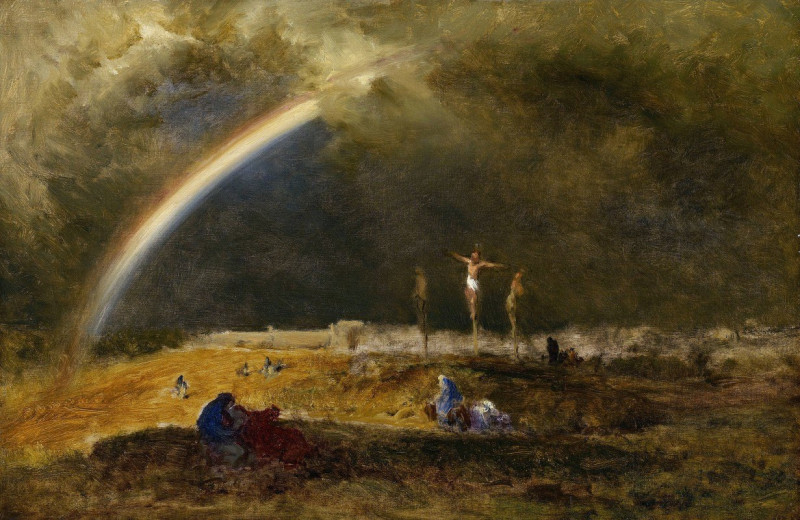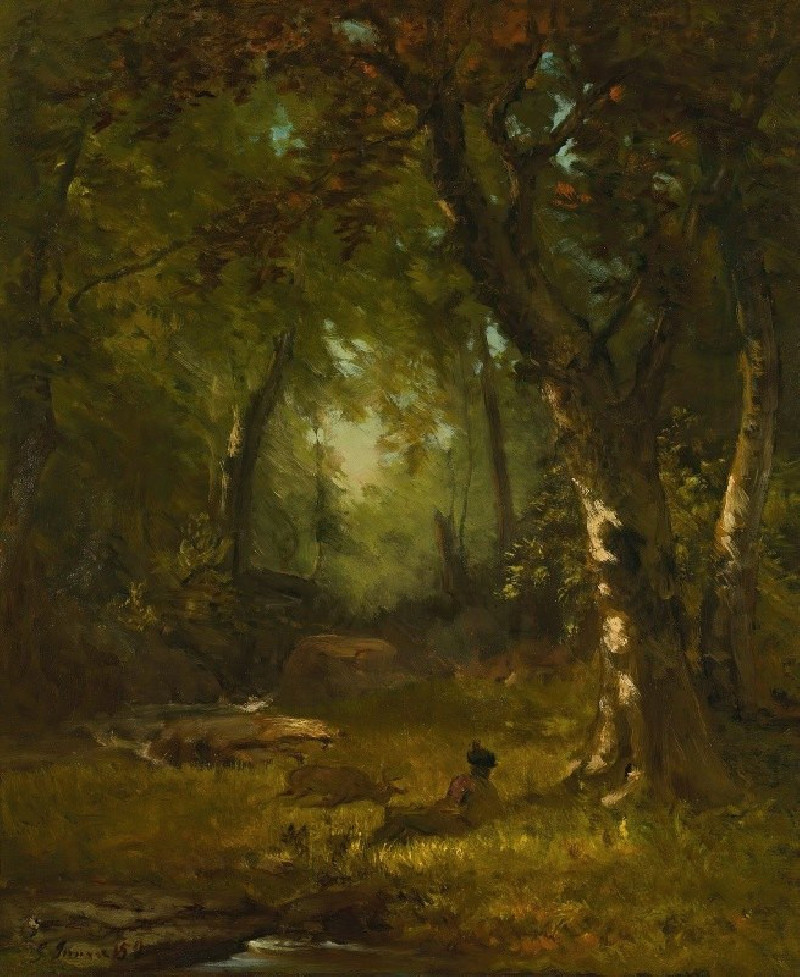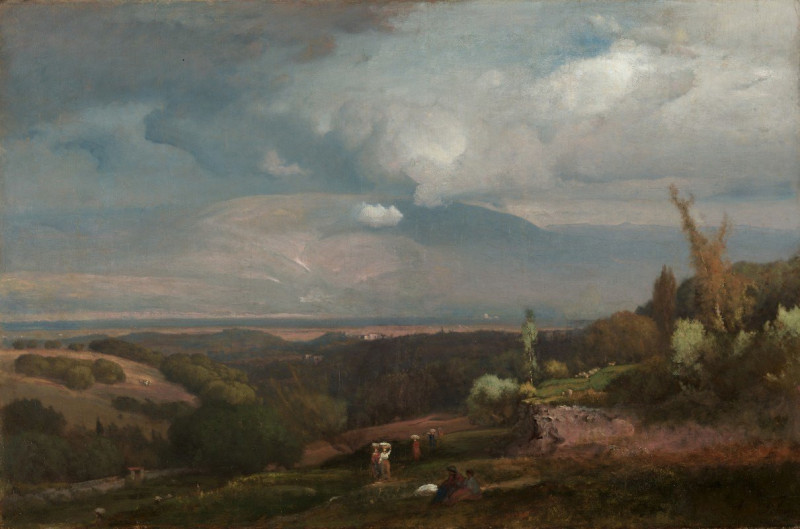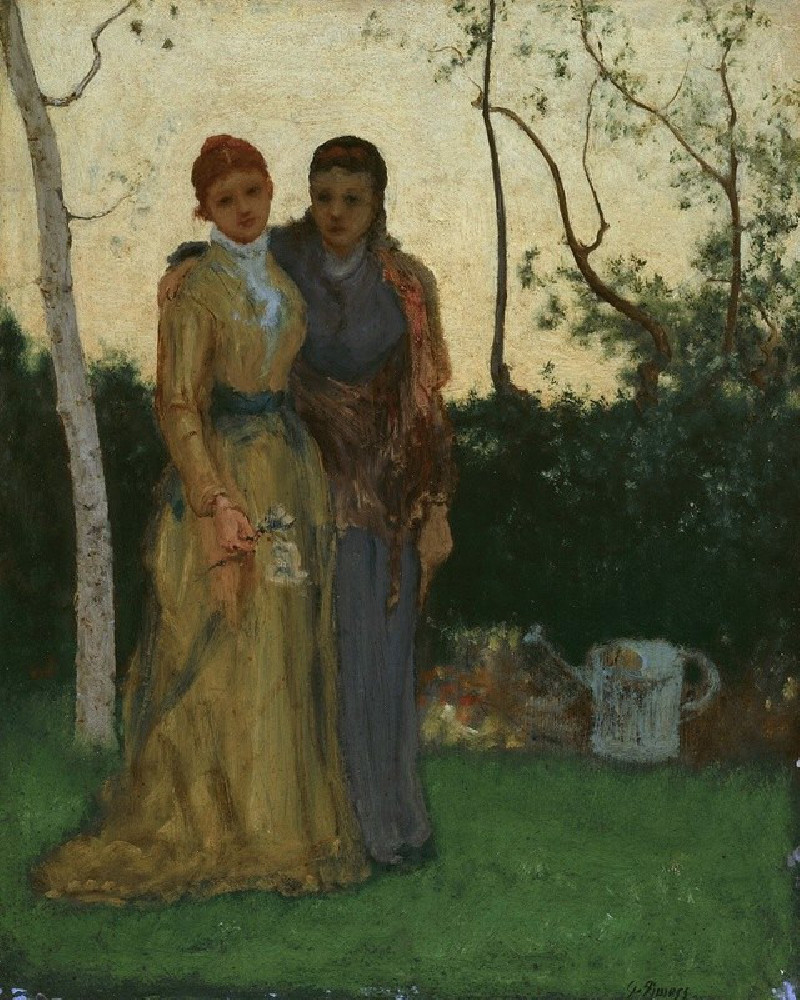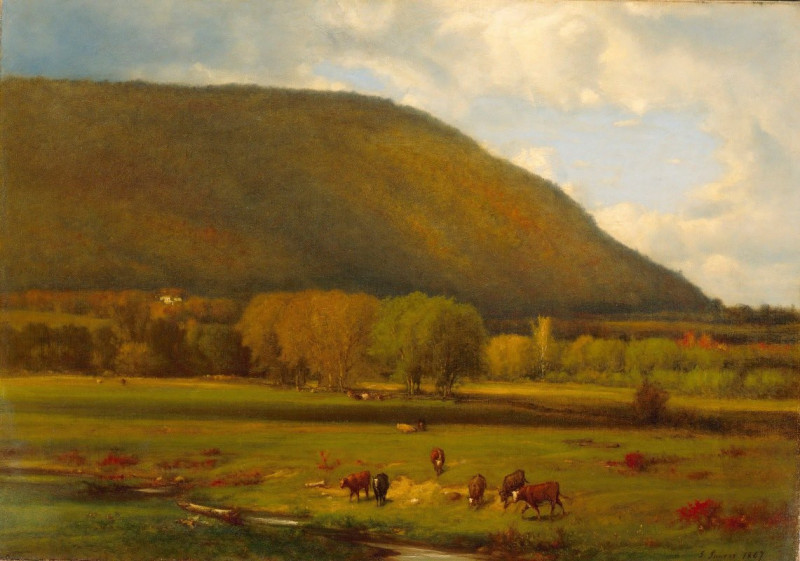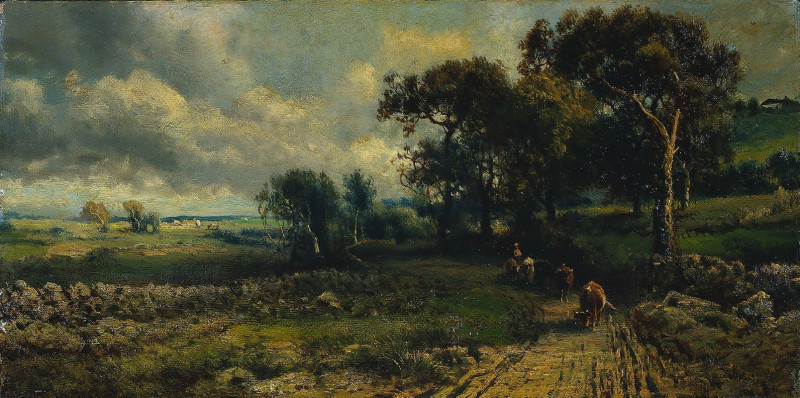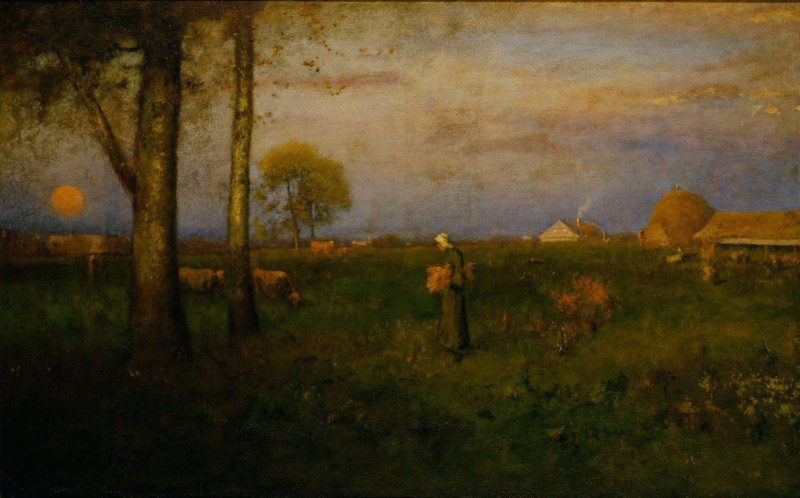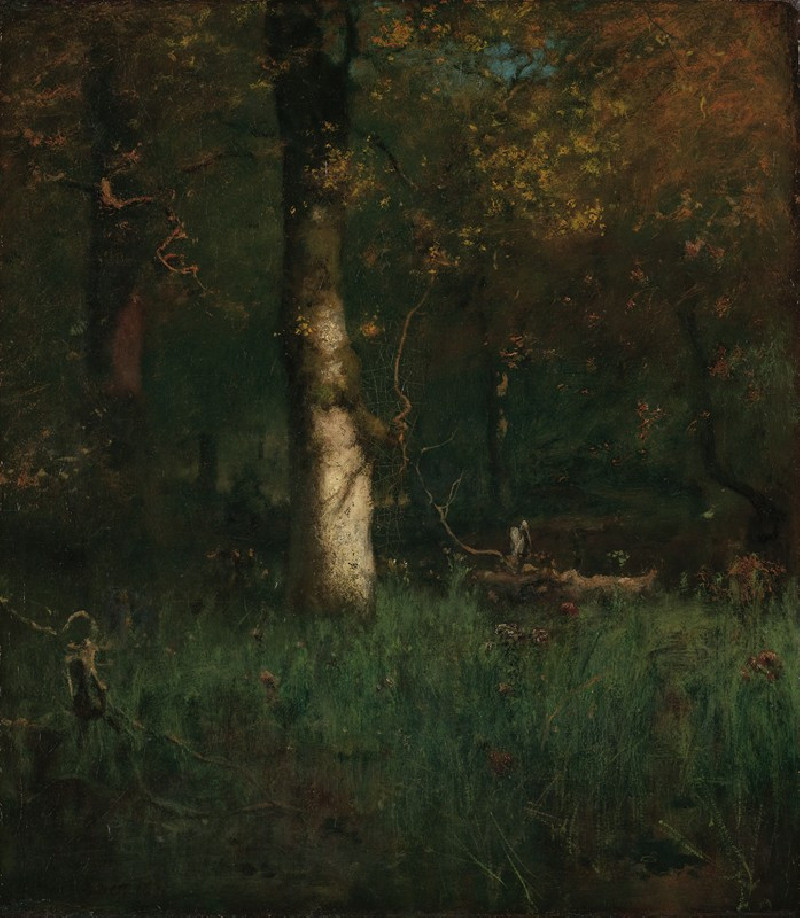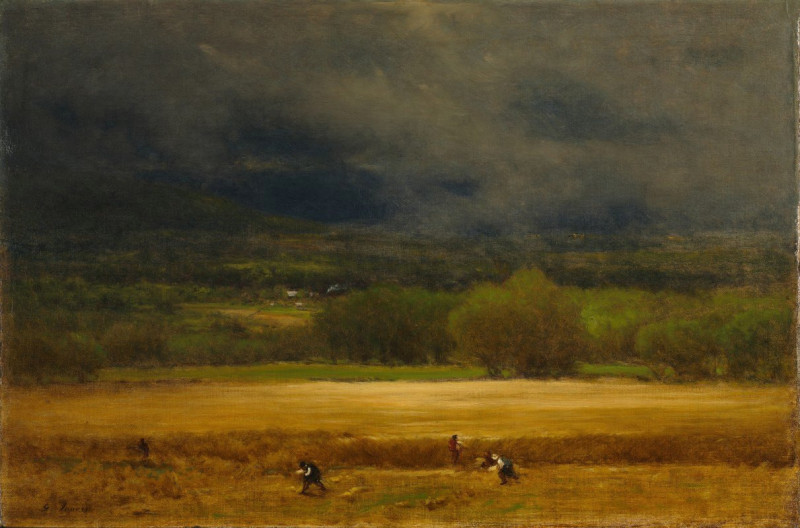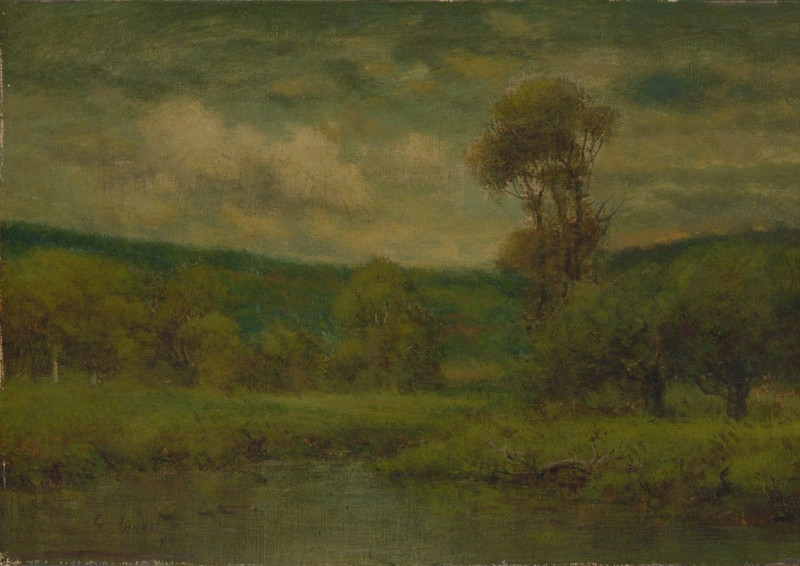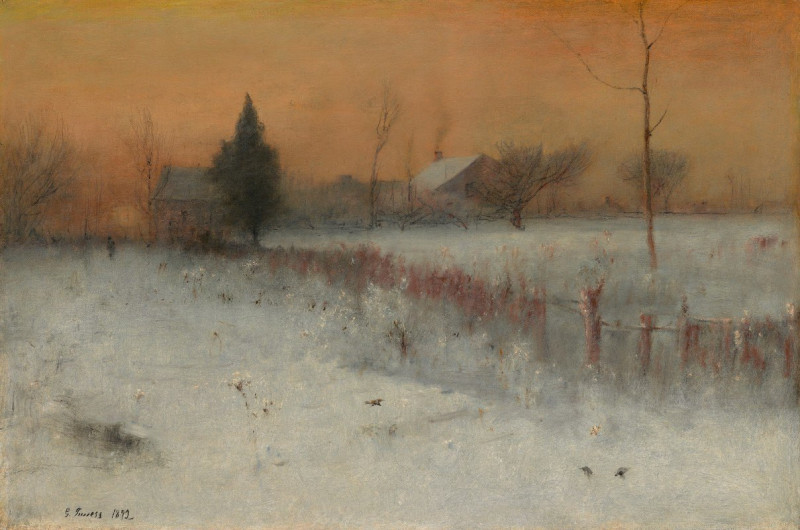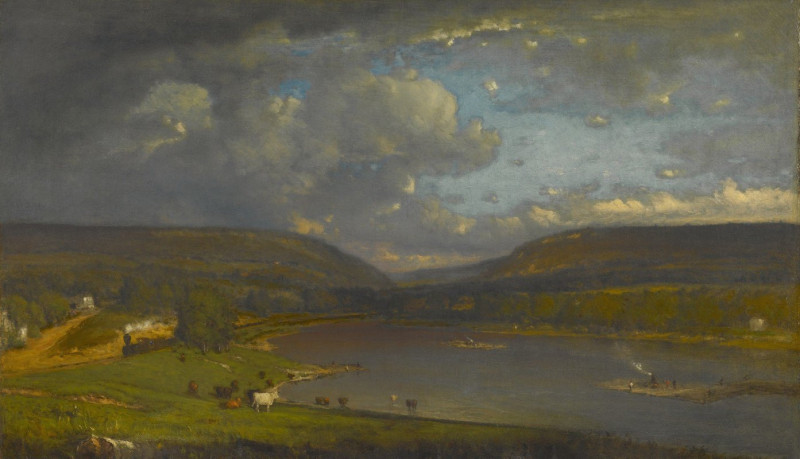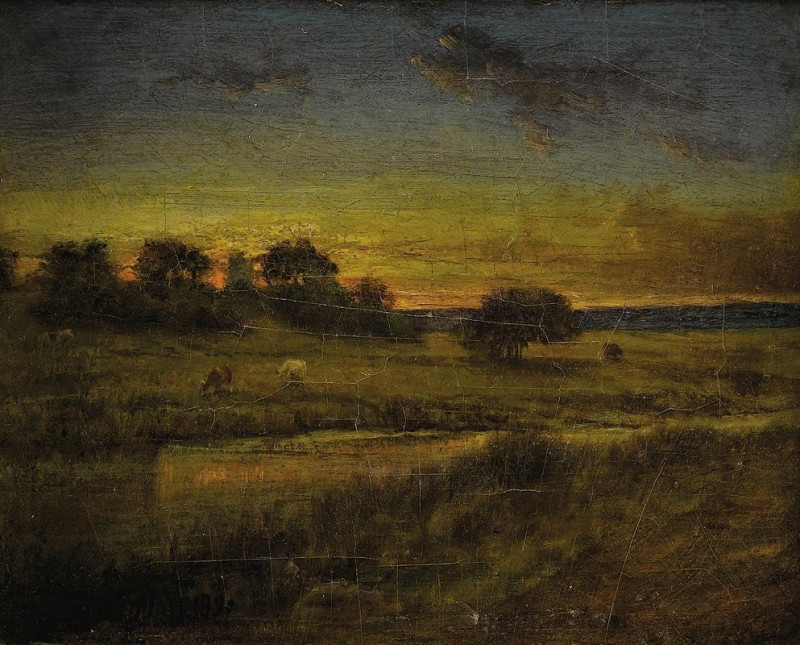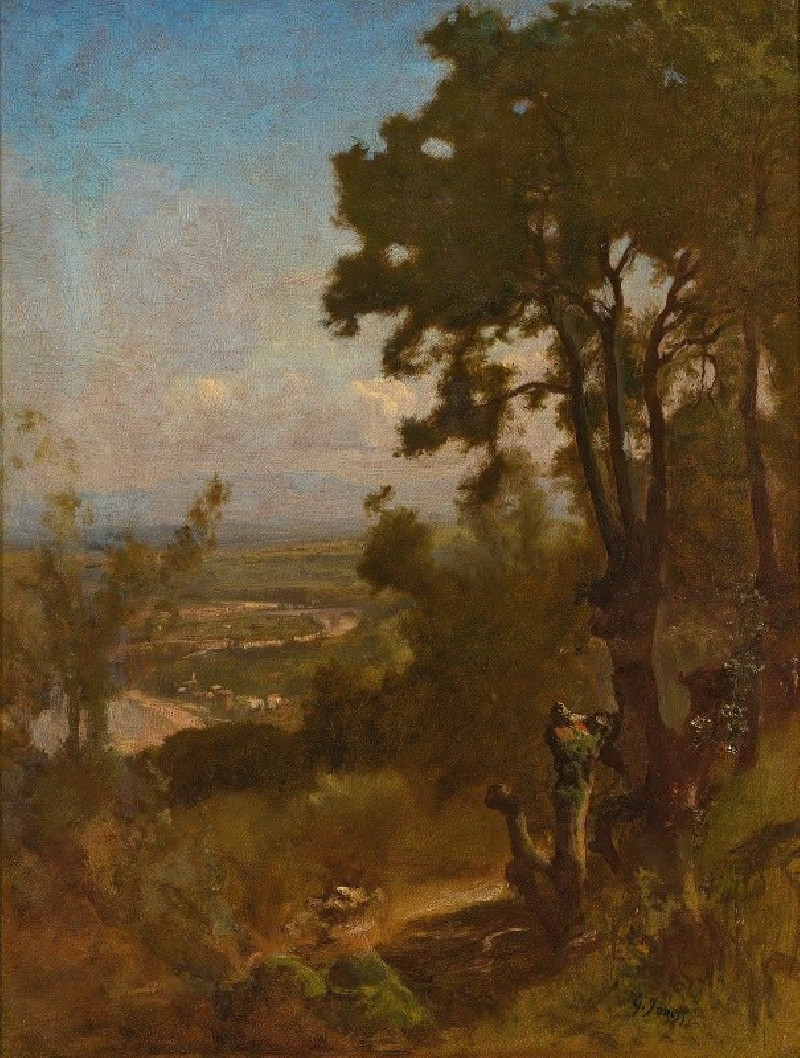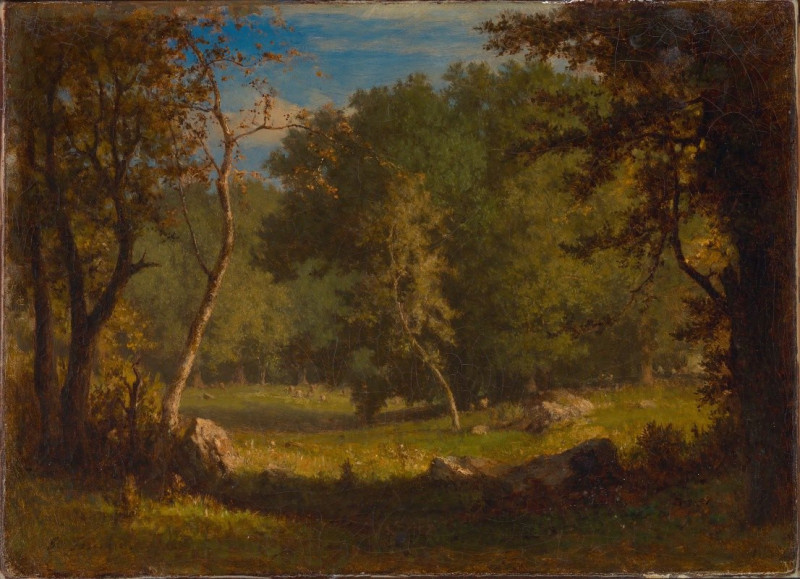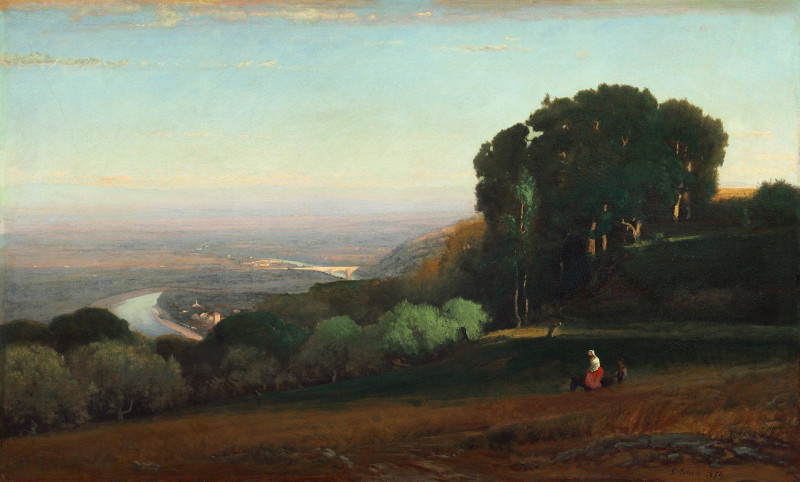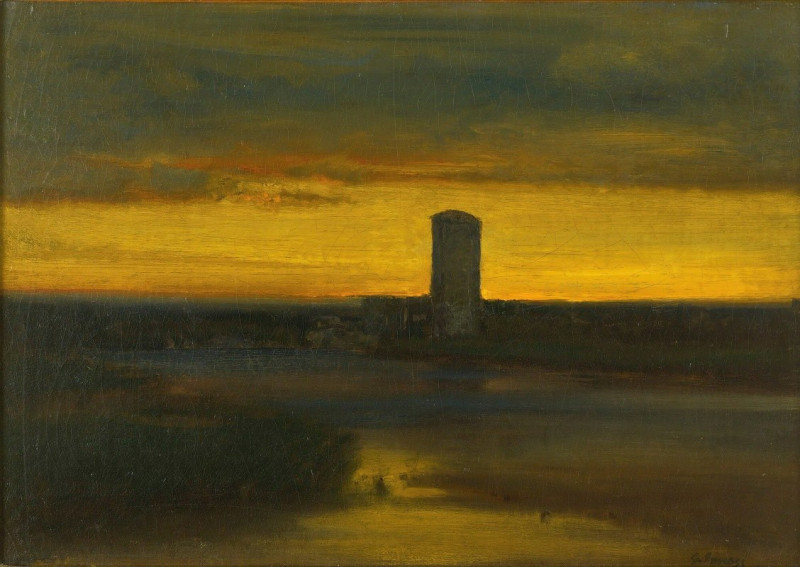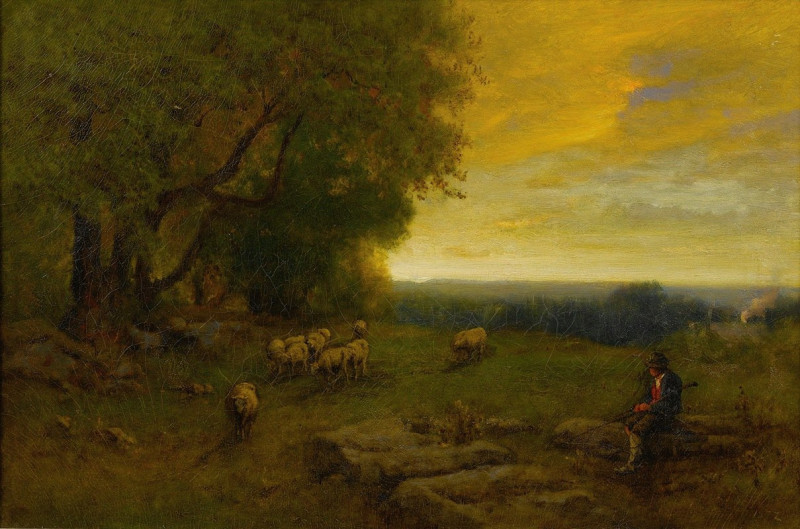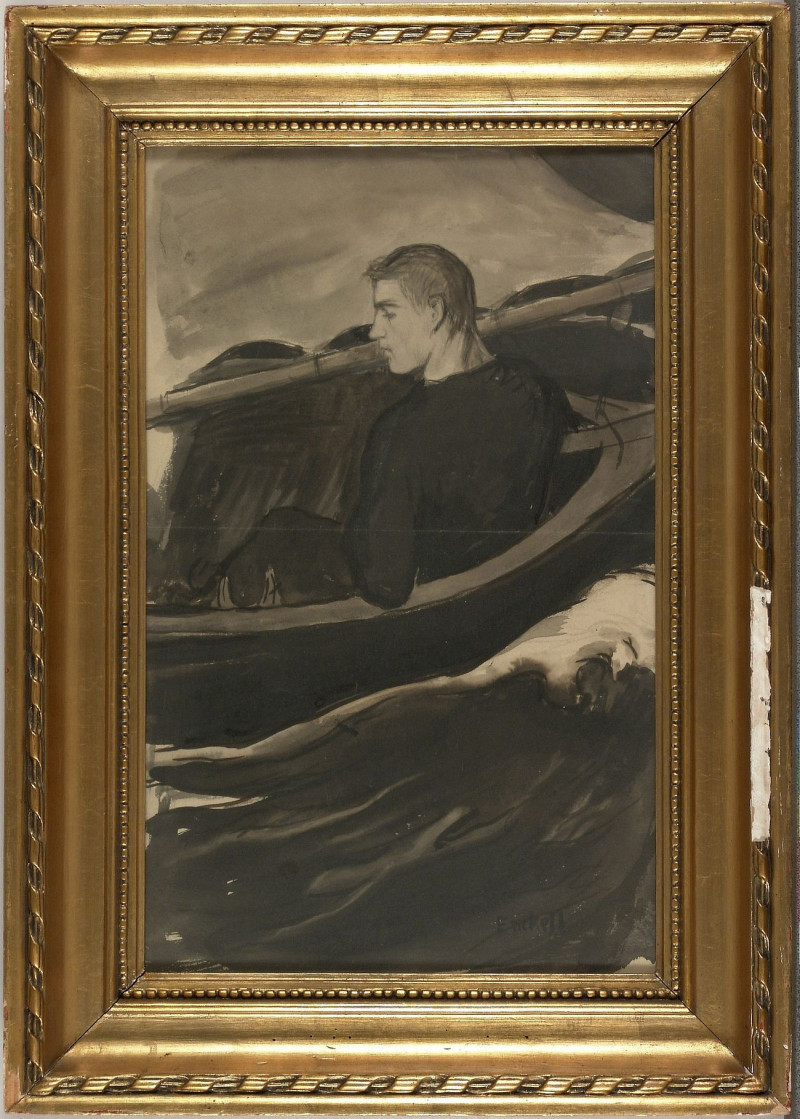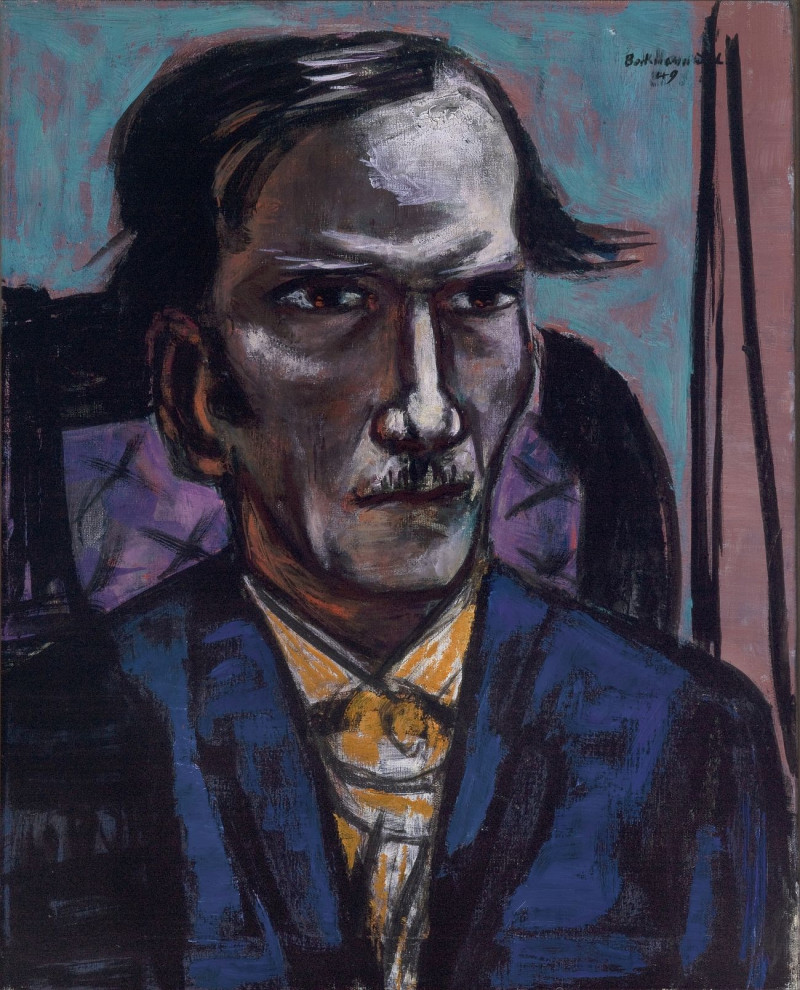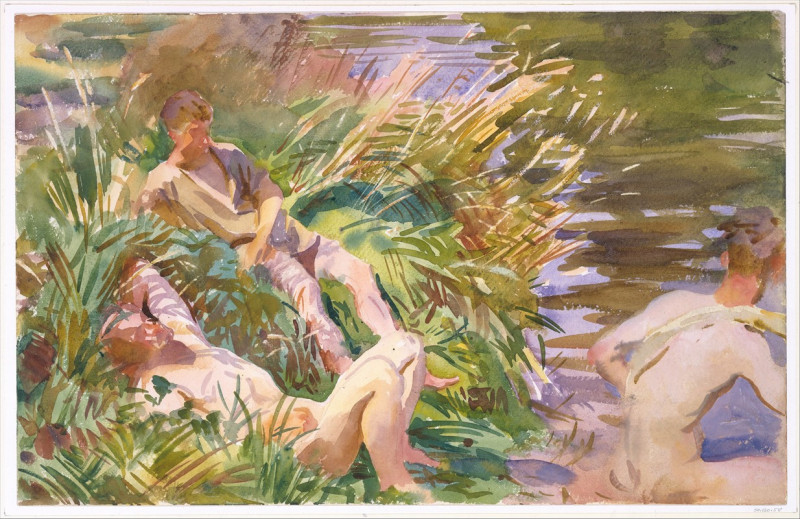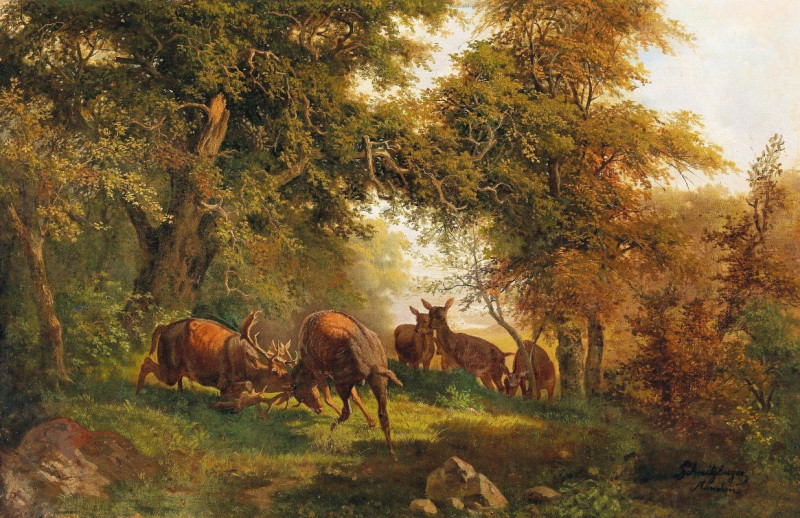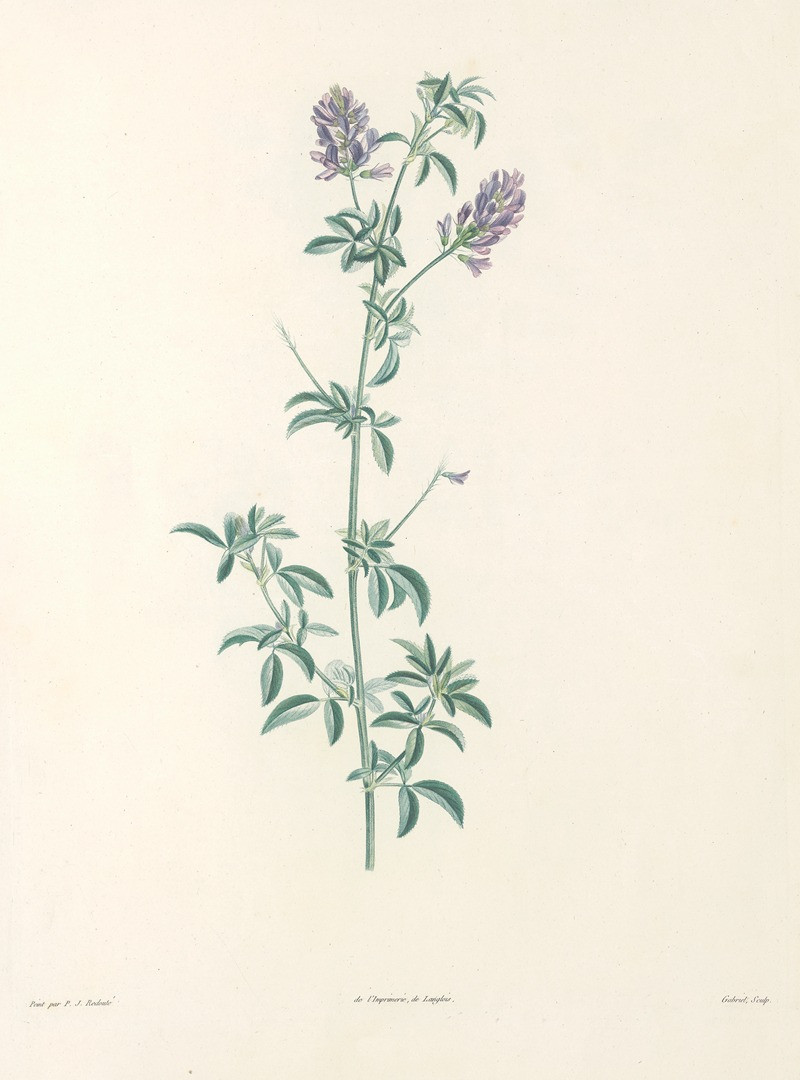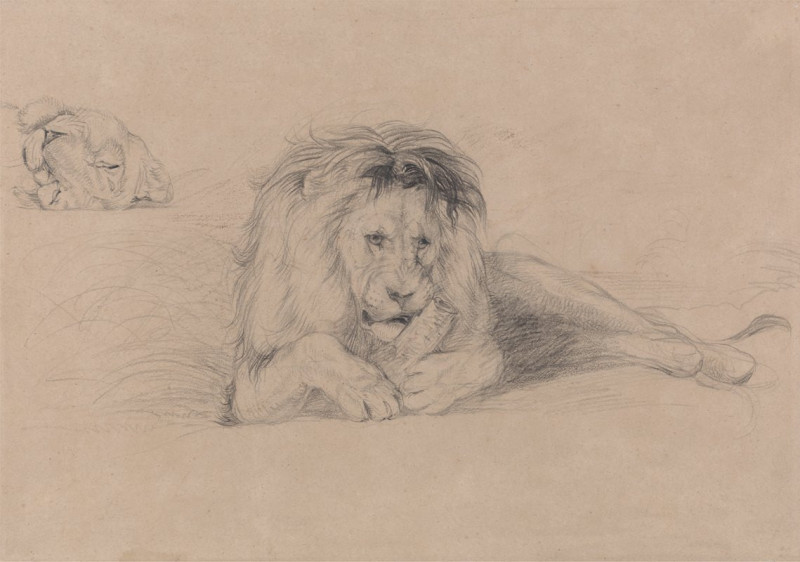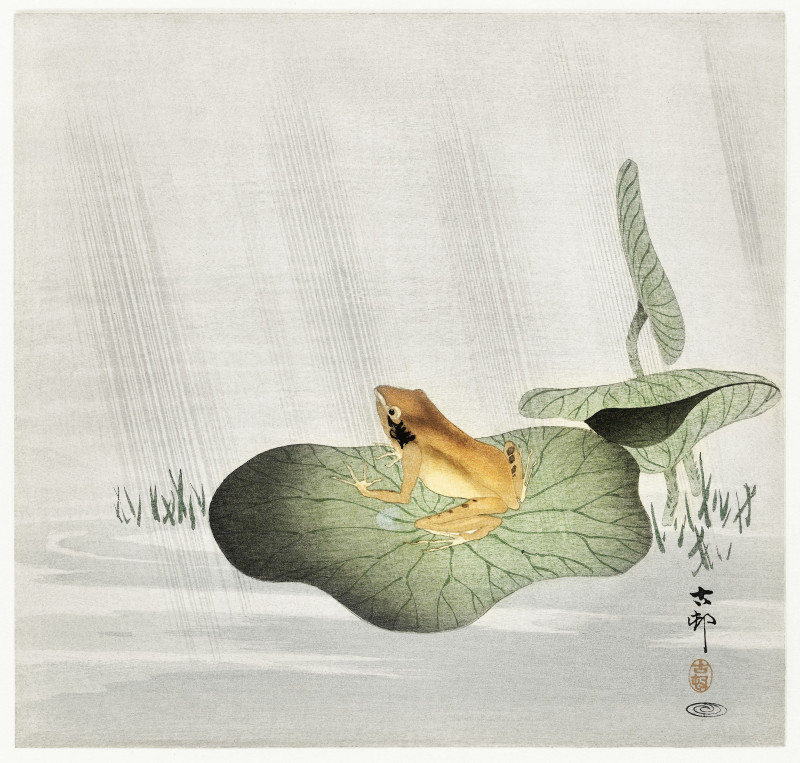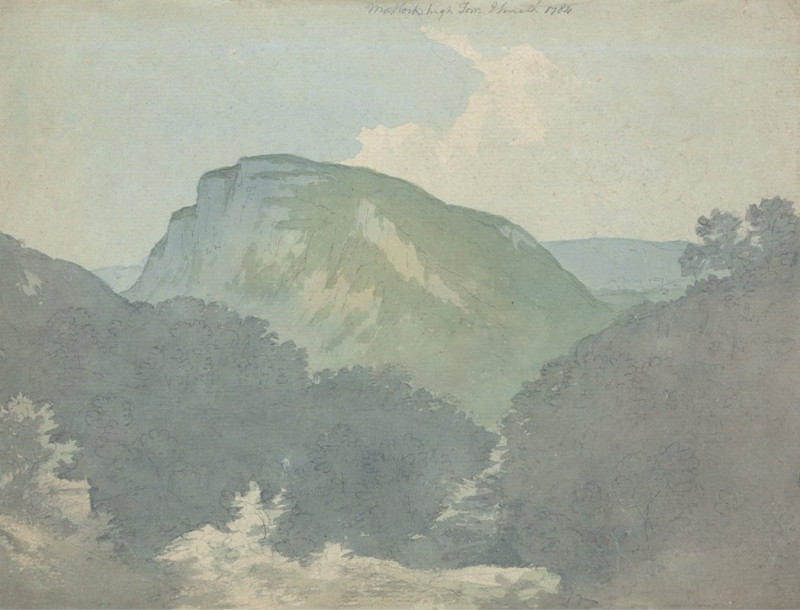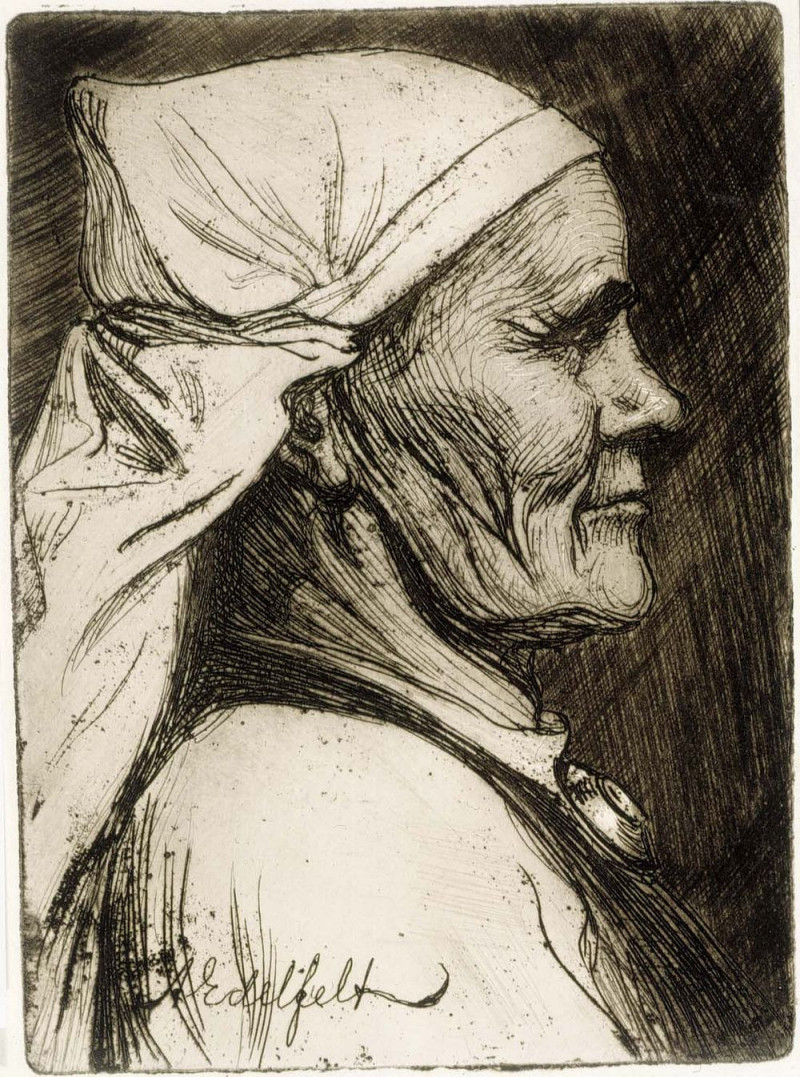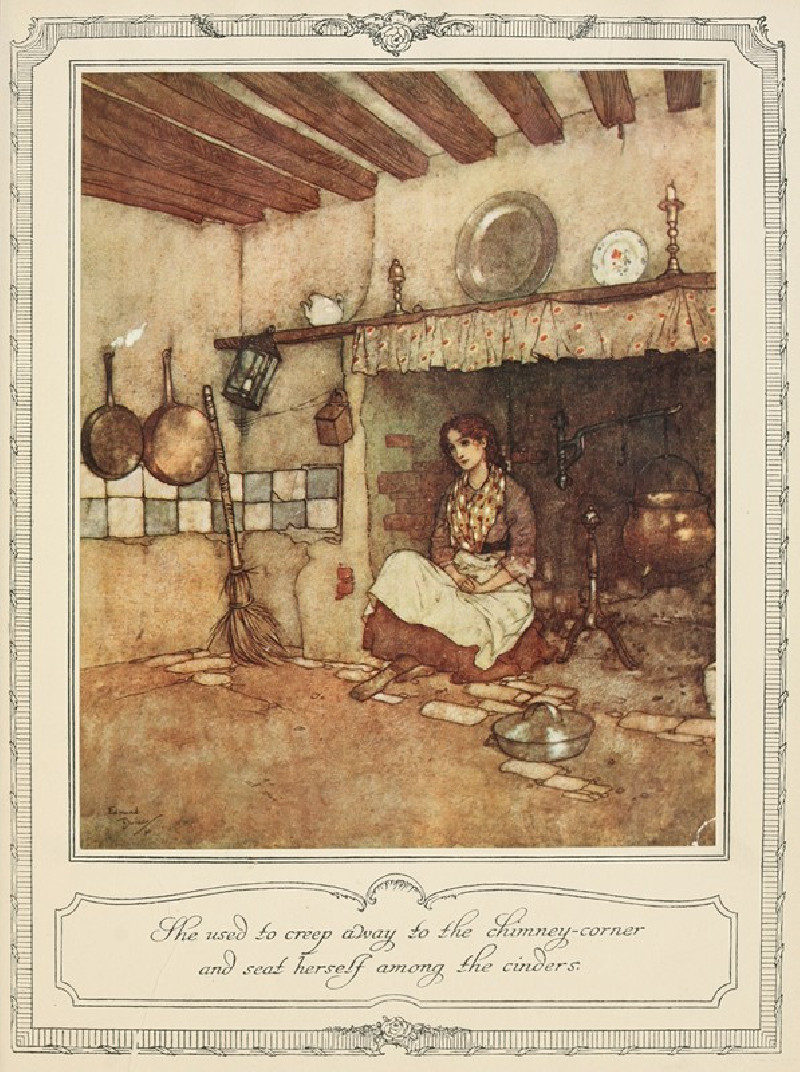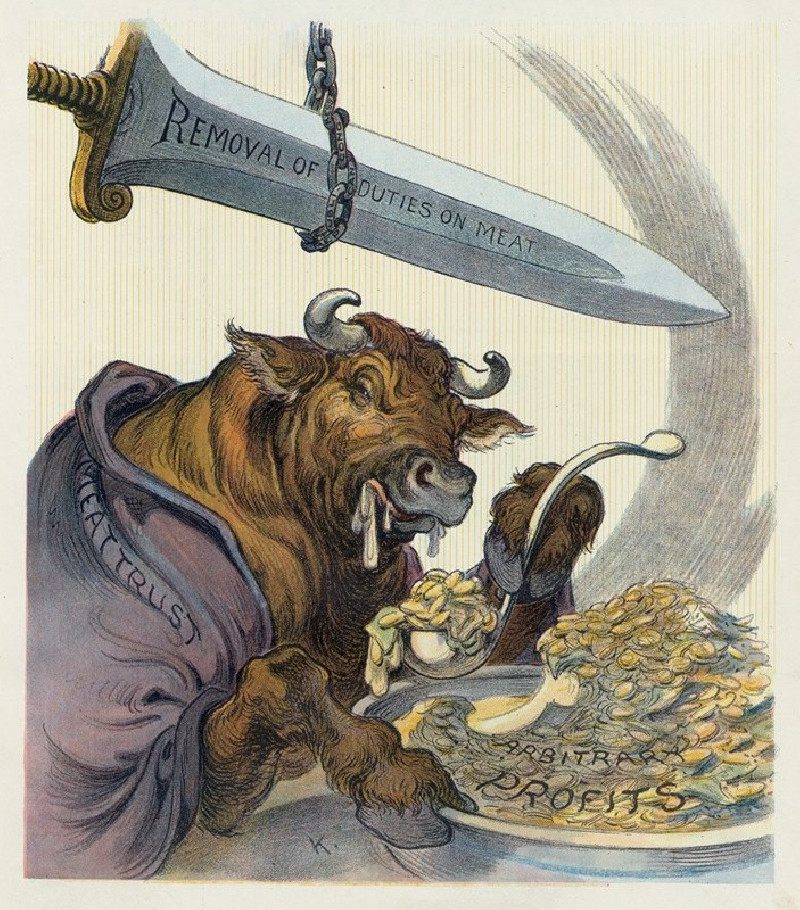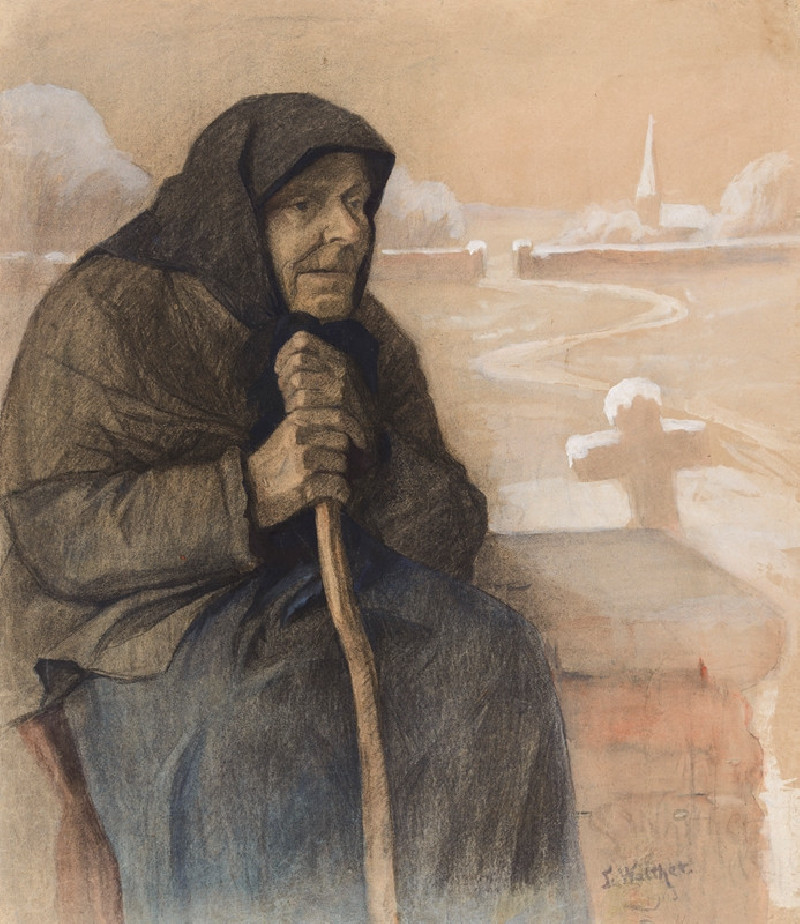Medway, Massachusetts (1825–1894)
Technique: Giclée quality print
Recommended by our customers
More about this artwork
Welcome to the tranquil expansive landscape portrayed in "Medway, Massachusetts," an exquisite artwork by the renowned American landscape painter George Inness. Painted in Inness's evocative and atmospheric style, this piece offers a snapshot of pastoral life infused with a sense of deep, contemplative stillness.As your eyes journey across the canvas, you are greeted by a lush green foreground dotted with the gentle shimmer of a winding river, guiding the viewer into the scene. This visually leads towards a cluster of dense, richly hued trees, whose dark verdant tones sharply contrast with the softly illuminated pasture bathed in the warm, golden light of a setting sun.Behind this layer of vibrant life, you will find a middle ground populated by small, quaint farmhouses nestled amongst minimal, rolling hills that give way to the majestic horizon. Even further, the painting draws the viewer to witness a vast, peaceful mountain backdrop, shrouded partially by mist that blends almost seamlessly into the airy, cloud-filled sky above.George Inness, through "Medway, Massachusetts," captures not only the physical beauty of the landscape but also evokes a potent, almost spiritual quality that was typical of his later works. It reflects his successful efforts to transcend the physical world to depict deeper, more emotional and philosophical themes.This painting is a brilliant representation of Inness's mature style and philosophical approach to art, characterized by soft, carefully blended brushstrokes that suggest rather than define forms, seeking to evoke an emotional response from the viewer. It invites those who gaze upon it to pause and reflect, offering a moment of calm and introspective peace.
Delivery
Returns
George Inness (May 1, 1825 – August 3, 1894) was a prominent American landscape painter.
Now recognized as one of the most influential American artists of the nineteenth century, Inness was influenced by the Hudson River School at the start of his career. He also studied the Old Masters, and artists of the Barbizon school during later trips to Europe. There he was introduced to the theology of Emanuel Swedenborg, which was significant for him; he expressed that spiritualism in the works of his maturity (1879–1894).


